How Semende Tribe in Indonesia Coexists with Wild Cats
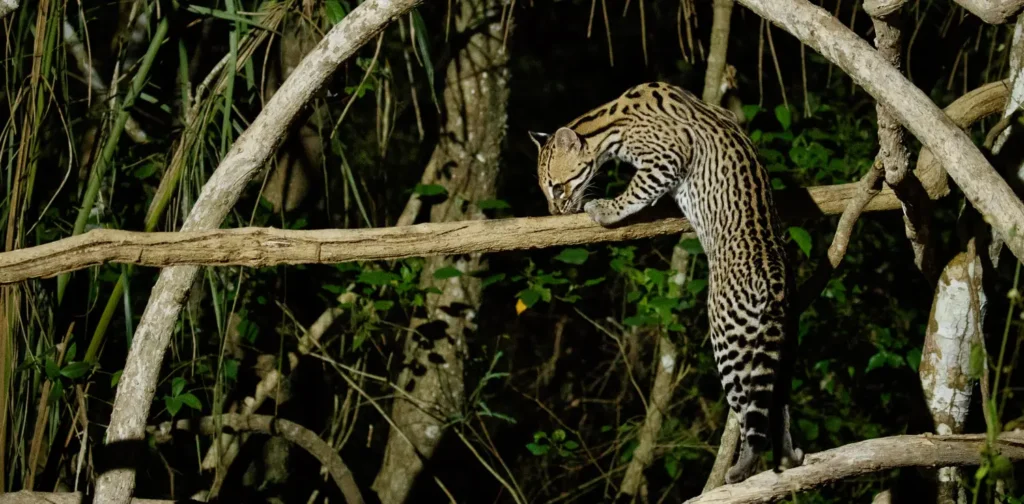
Photo: Vladimircech on Freepik.
Human lives are intertwined with other living things, including wildlife. However, anthropogenic activities and development have increasingly decreased wildlife habitats, resulting in human-wildlife conflicts that further threaten their existence. In Indonesia, the people of the Semende Tribe strive to protect their forest’s biodiversity by living side by side with wildlife, especially wild cats.
Population Decline and Threats of Extinction
Wild cats are carnivorous predators under the family Felidae. Like predators in general, they are strong and fast. Many of them live in forests, with an important role in the food chain and for ecosystem balance.
Around the world, there are 40 species of wild cats, and nine of them are spread across three Indonesian islands: Sumatra, Java, and Borneo. Some wild cat species include the Sunda clouded leopard (Neofelis diardi), the Asian golden cat (Catopuma temminckii), the flat-headed cat (Prionailurus planiceps), and the Sumatran tiger (Panthera tigris sumatrae). Unfortunately, ecosystem damage due to deforestation and other factors has resulted in the wild cat population decline, driving some species to the Endangered status.
This population decline goes hand in hand with human’s negative perception of these predators. Generally, wild cats are seen as threats to farm animals and human lives, leading to people killing them. Wild cat hunting is also a major threat as the illegal wildlife trade offers a significant price. Furthermore, everything is exacerbated by habitat loss due to deforestation and land use change. Climate change also affects wild cats’ food and water source.
Wild Cats and the Semende Tribe
The Semende Tribe in South Sumatra, Indonesia, understands the importance of coexisting with wildlife, including wild cats. Living around the Bukit Barisan Selatan National Park, people of Semende Tribe encounter wild cats in their daily life. Then, instead of treating them as threats, they treat wild cats like family and build a strong and mutually beneficial relationship with them.
For example, the Semende Tribe essentially makes wild cats the ‘protectors’ of their crops, driving away pests like boars, rats, and birds. They see rice paddy as sacred, so all that helps ensure its sustainability is seen as family.
Moreover, most people from the Semende Tribe consider the Sumatran tigers their ancestors. So, they believe that wild cats, including tigers, will not attack them as long as they respect their existence.
“Our people are not allowed to disturb the wild cat habitat around the village because their existence functions to help us protect our crops from pests,” said Syarifudin from the Semende Tribe in the Indigenous forest territory of Jurai Pancung.
Coexisting with Wildlife
Human population and biodiversity grow in opposite directions. As human population increases, biodiversity decreases. This means the habitat loss of various wild species is likely to continue, further threatening their populations. Therefore, learning to peacefully coexist with them becomes the only option as the expansion of human’s living space continues. We must face this reality and properly manage our shared existence for the sustainability of all living things on the planet.
Translator & Editor: Nazalea Kusuma
The original version of this article is published in Indonesian at Green Network Asia – Indonesia.

If you find this content useful, please consider subscribing to Green Network Asia.
Your subscription will give you access to our interdisciplinary and cross-sectoral insights on sustainability-related issues and sustainable development across the Asia Pacific and beyond, strengthening your personal and professional development while supporting GNA’s financial capacity to continue publishing content dedicated to public education and multi-stakeholder advocacy.
Select Your Subscription Plan

 Air Pollution Is Linked to Higher Dementia Risk
Air Pollution Is Linked to Higher Dementia Risk 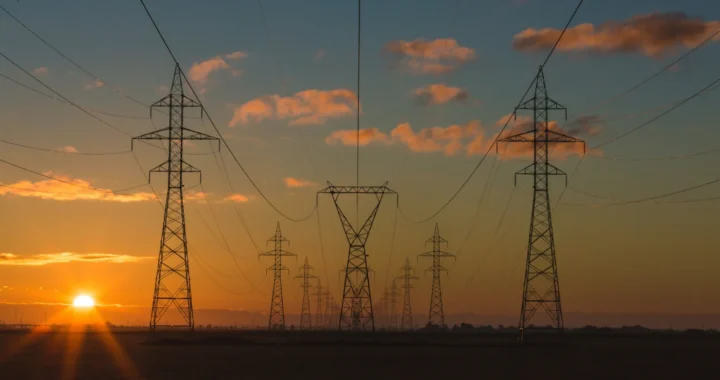 Developing Financing Initiatives for the ASEAN Power Grid
Developing Financing Initiatives for the ASEAN Power Grid  Imparting Actionable Knowledge Through Sustainability Training Activities
Imparting Actionable Knowledge Through Sustainability Training Activities 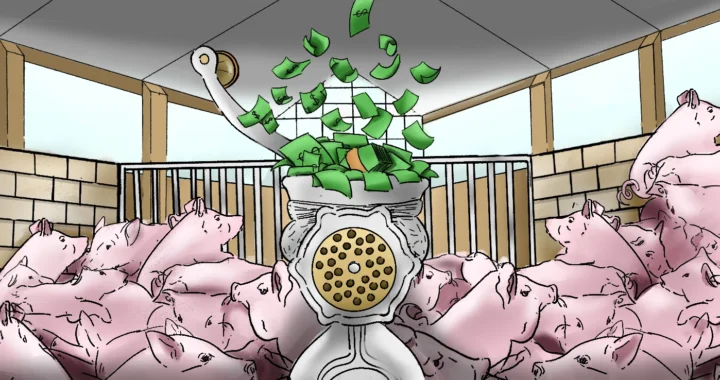 Stop Funding Factory Farming in Vietnam: Pathway to Financing a Just and Sustainable Food System
Stop Funding Factory Farming in Vietnam: Pathway to Financing a Just and Sustainable Food System 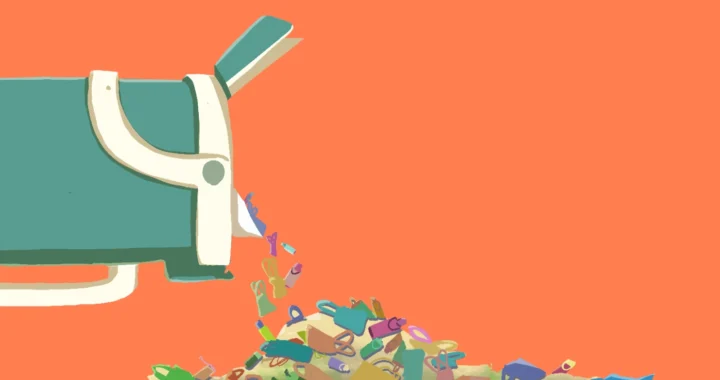 When Green Turns Excessive: The Overproduction and Overconsumption of Reusables
When Green Turns Excessive: The Overproduction and Overconsumption of Reusables 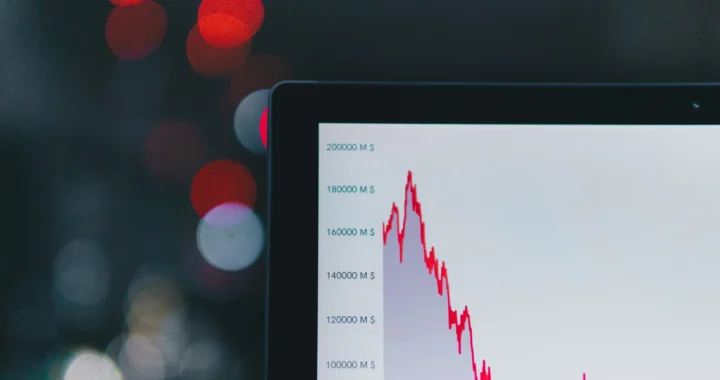 SDG Venture Scaler Aims to Drive Sustainable Investment in Southeast Asia
SDG Venture Scaler Aims to Drive Sustainable Investment in Southeast Asia